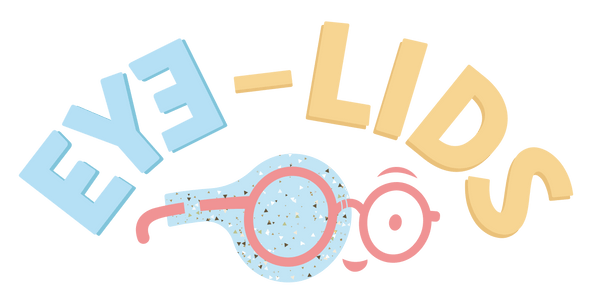What is lazy eye/ambyopia?
What is lazy eye caused by?
How is lazy eye diagnosed?
Lazy eye is diagnosed through a routine eye exam. Your child’s first eye exam should take place between the ages of 6 and 12 months old. Pediatricians routinely screen for general eye problems.
Lazy Eye Signs and Symptoms
Signs and symptoms of lazy eye include:
- Misalignment of the eyes, or strabismus
- Poor depth perception and peripheral vision
- Repeated eye closure or squinting
- Eyes that don’t move in the same direction when the child is trying to focus.
- A persistent head turn or head tilt
- Persistent shaking of the eyes
Lazy Eye Treatment
Lazy eye is generally treated by forcing the nonworking eye to work more actively. Lazy eye should be treated in early childhood to prevent it from becoming permanent, but studies have shown that older children may also benefit from treatment.
Eye patch
The standard treatment method for lazy eye, an eye patch is placed on the stronger eye in order to restore the brain’s attention to the visual input from the weaker eye. This allows proper visual development to occur in the weaker eye.
Corrective lenses and glasses
When dealing with lazy eye from refractive errors, vision restoration can be achieved with vision correcting glasses or contact lenses.
Atropine eye drops
Similar to the patch method, this treatment is administered in the form of eye drops into the stronger eye, which temporarily weakens its vision. This restores the connection between the brain and the weaker eye to strengthen its visual input.
This treatment involves constant dilation of the strong eye, which can bring about light sensitivity and difficulty in clearly seeing near objects during treatment. This form of treatment is most useful for farsighted prescriptions.
Surgery
Treatment of strabismic amblyopia often involves strabismus surgery to align the eyes. This surgery is typically followed by additional treatment methods such as the use of an eye patch on the stronger eye, atropine eye drops to the stronger eye, and/or eye therapy exercises to strengthen the weaker eye. In some cases, more than one strabismus surgery may be needed.
Sourced from John Hopkins Medicine website
